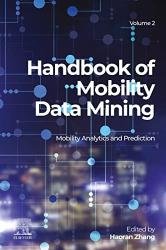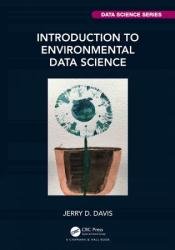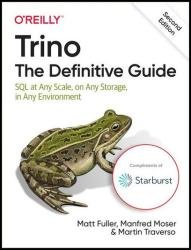- Добавил: literator
- Дата: 11-02-2023, 16:03
- Комментариев: 0
 Название: Handbook of Mobility Data Mining, Volume 3: Mobility Data-Driven Applications
Название: Handbook of Mobility Data Mining, Volume 3: Mobility Data-Driven ApplicationsАвтор: Haoran Zhang
Издательство: Elsevier
Год: 2023
Страниц: 244
Язык: английский
Формат: pdf (true)
Размер: 10.2 MB
Handbook of Mobility Data Mining: Volume Three: Mobility Data-Driven Applications introduces the fundamental technologies of mobile Big Data mining (MDM), advanced AI methods, and upper-level applications, helping readers comprehensively understand MDM with a bottom-up approach. The book explains how to preprocess mobile Big Data, visualize urban mobility, simulate and predict human travel behavior, and assess urban mobility characteristics and their matching performance as conditions and constraints in transport, emergency management, and sustainability development systems. Volume 3: Mobility Data-driven Applications looks at various case studies to illustrate and explore the methods introduced in the first two volumes. It begins with a set of chapters on intelligent transportation management, using cases of bicycle-sharing, ride-hailing, travel time prediction, railway usage analysis, mobility data-driven service, and dynamic road pricing. It concludes with chapters on urban sustainability development, including road emission and living environment inequity analysis.

 Название: Handbook of Mobility Data Mining, Volume 2: Mobility Analytics and Prediction
Название: Handbook of Mobility Data Mining, Volume 2: Mobility Analytics and Prediction Название: Handbook of Mobility Data Mining, Volume 1: Data Preprocessing and Visualization
Название: Handbook of Mobility Data Mining, Volume 1: Data Preprocessing and Visualization Название: Statistical Analytics for Health Data Science with SAS and R
Название: Statistical Analytics for Health Data Science with SAS and R Название: Data Science and Analytics Strategy: An Emergent Design Approach
Название: Data Science and Analytics Strategy: An Emergent Design Approach Название: Introduction to Environmental Data Science
Название: Introduction to Environmental Data Science Название: Microsoft 365 for Beginners All in One 2023
Название: Microsoft 365 for Beginners All in One 2023 Название: Distributed Systems: Theory and Applications
Название: Distributed Systems: Theory and Applications Название: Linux Mastery: 100+ Exercises for Building Your Skills
Название: Linux Mastery: 100+ Exercises for Building Your Skills Название: Trino: The Definitive Guide: SQL at Any Scale, on Any Storage, in Any Environment, 2nd Edition (Final)
Название: Trino: The Definitive Guide: SQL at Any Scale, on Any Storage, in Any Environment, 2nd Edition (Final)